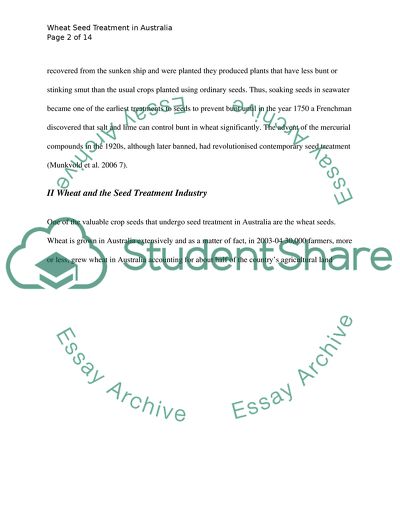Cite this document
(“Wheat Seed Treatment in Australia Research Paper”, n.d.)
Retrieved from https://studentshare.org/miscellaneous/1568514-wheat-seed-treatment-in-australia
Retrieved from https://studentshare.org/miscellaneous/1568514-wheat-seed-treatment-in-australia
(Wheat Seed Treatment in Australia Research Paper)
https://studentshare.org/miscellaneous/1568514-wheat-seed-treatment-in-australia.
https://studentshare.org/miscellaneous/1568514-wheat-seed-treatment-in-australia.
“Wheat Seed Treatment in Australia Research Paper”, n.d. https://studentshare.org/miscellaneous/1568514-wheat-seed-treatment-in-australia.


